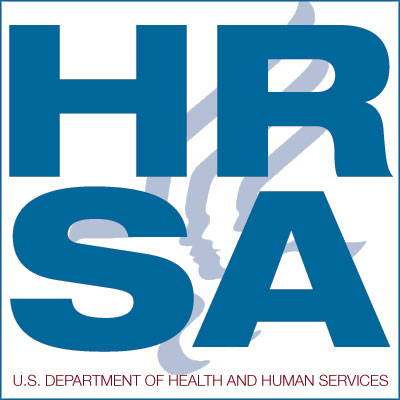According to the U.S. Health Resources and Services Administration (HRSA), there will be a shortage of addiction and mental health counselors and a surplus of school counselors and marriage and family therapists in the decade to come.
These predictions come from HRSA’s workforce projections, released recently for a variety of behavioral health professions, including professional counselors, through the year 2030.
Across the country, demand for addiction counselors is expected to increase by 21 percent through 2030, while the supply of these practitioners is expected to rise just six percent. For mental health counselors (defined as a practitioner “who work[s] with individuals and groups to deal with anxiety, depression, grief, stress, suicidal impulses and other mental and emotional health issues”), HRSA predicts that demand will grow by 18 percent while the supply of practitioners will grow by 13 percent.
In both cases, this would leave a deficit of many thousands of counselors across the United States.
“As indicated by the latest HRSA data, professional counselors who specialize in mental health and addictions are in high demand due to an ongoing, pervasive mental health workforce shortage and increased need, such as with the opioid epidemic,” says American Counseling Association President Simone Lambert. “As a profession, we must continue to advocate for access to mental health care in our schools and communities for clients of all ages and diverse backgrounds. In addition, we need to focus on creative solutions, such as telehealth, to service those in rural areas with limited mental health and addiction counselors. ACA continues to seek solutions toward licensure portability in the hopes that in the not-so-distant future professional counselors will be able to provide services across state lines or seamlessly relocate to assist struggling communities.”
On the flip side of the coin, HRSA reports that America is “producing a relatively large number of school counselors,” with a supply expected to increase by 101 percent through the next 11 years, far exceeding a demand growth of just three percent. Even if public schools across the country were to conform to the American School Counselor Association’s recommendation of one school counselor per 250 students, there would still be a surplus of school counselors in 2030, HRSA reports.
HRSA’s projected surplus of marriage and family therapists is not quite as extreme, with demand growing by 14 percent and workforce supply increasing by 41 percent through 2030.
HRSA released these behavioral health workforce predictions in December 2018.
This fall, the agency also released a state-by-state breakdown of supply and demand estimates for behavioral health jobs, including professional counselors, psychiatrists, social workers and other occupations through 2030.
Lambert, a licensed professional counselor and core counseling faculty member at Capella University, notes that the projected need for substance abuse and mental health counselors is reflected in the U.S. Department of Labor’s Occupational Outlook Handbook. The agency projects that employment of substance abuse, behavioral disorder and mental health counselors will grow 23 percent from 2016 to 2026, “much faster than the average for all occupations.”
****
Find out more:
HRSA Behavioral Health Workforce Projections landing page
- Projections for school counselors and mental health counselors
- Projections for addiction counselors
- Projections for marriage and family therapists
HRSA report: State-level Projections of Supply and Demand Behavioral Health Occupations: 2016-2030
U.S. Department of Labor Occupational Outlook Handbook for substance abuse, behavioral disorder and mental health counselors
****
Follow Counseling Today on Twitter @ACA_CTonline and on Facebook at facebook.com/CounselingToday.
****
Opinions expressed and statements made in articles appearing on CT Online should not be assumed to represent the opinions of the editors or policies of the American Counseling Association.

Comments are closed.